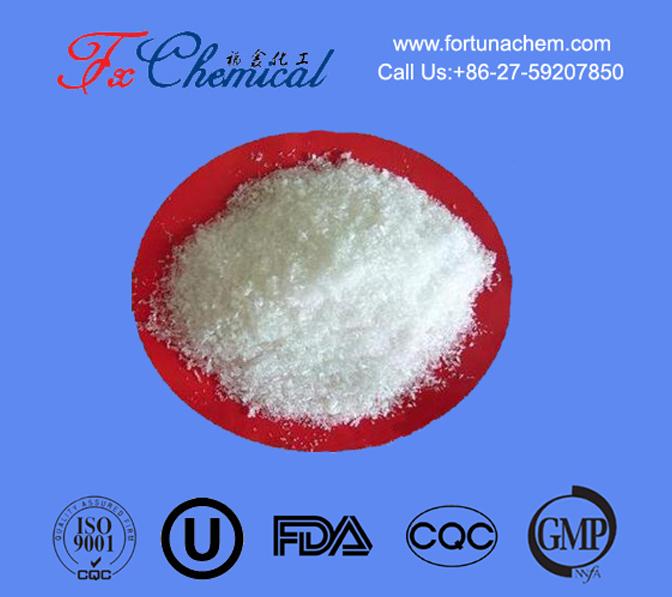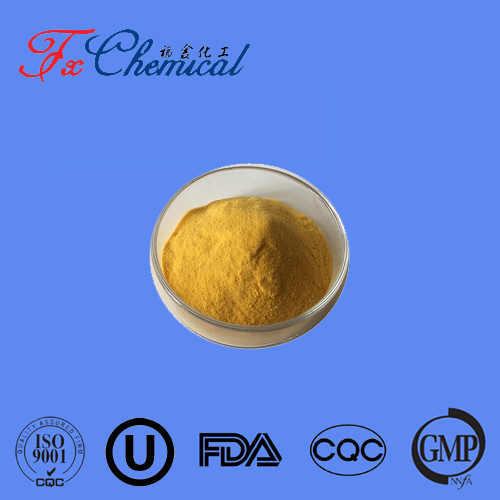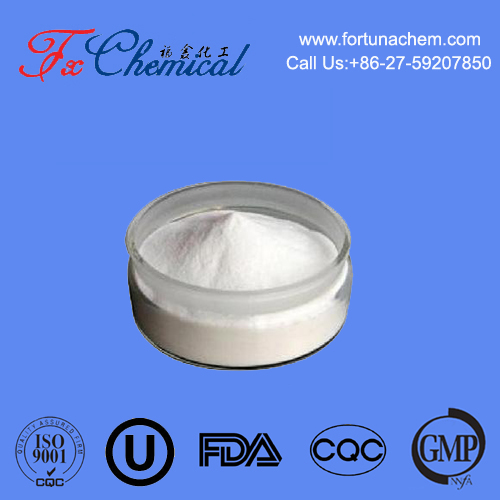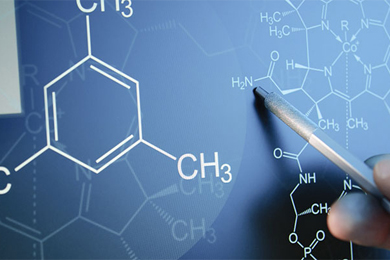
Search

Search

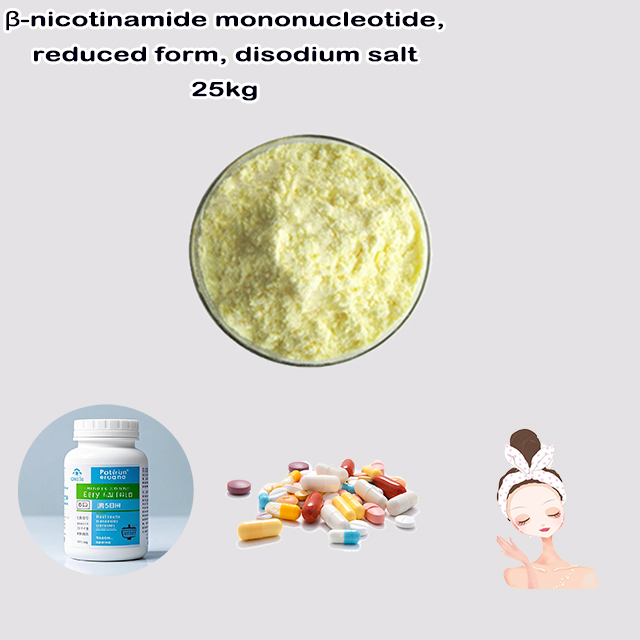

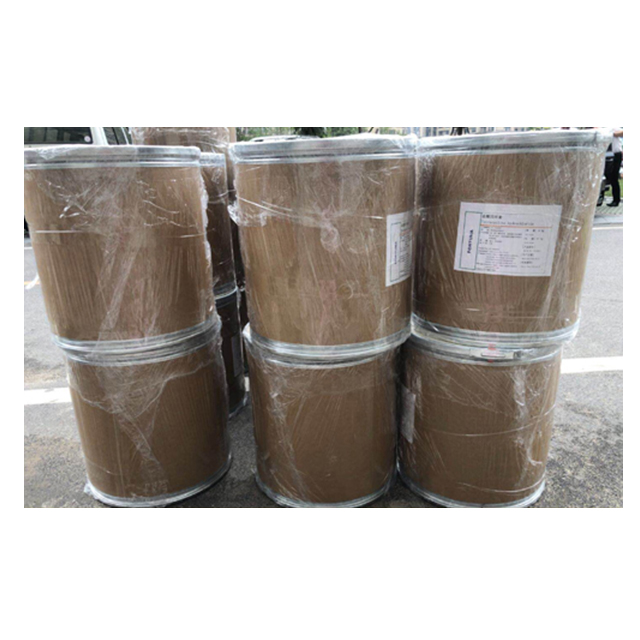
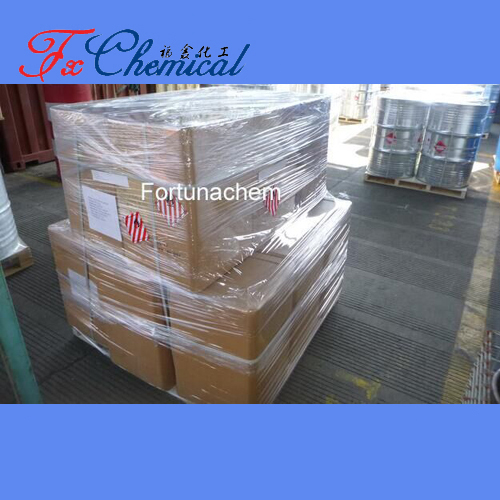
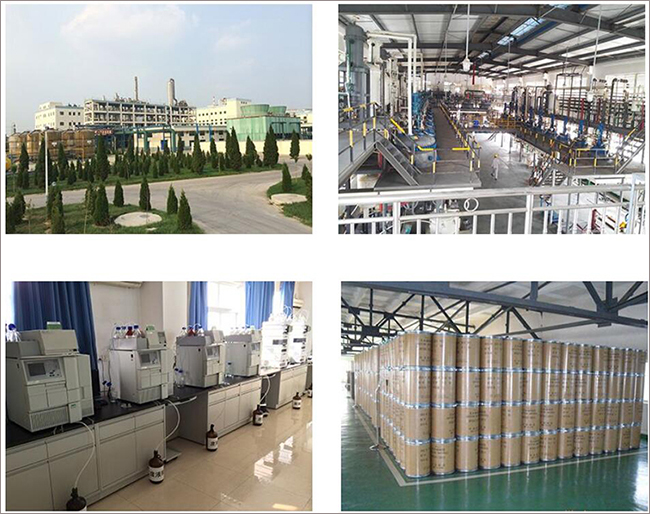





NMNH is the reduced, disodium salt form of the nucleotide Nicotinamide Mononucleotide (NMN). Its key features:
Chemical State: The "reduced" form means its nicotinamide ring carries extra hydrogen/electrons (like NADH vs. NAD⁺).
Salt Form: The disodium salt (Na₂) enhances stability and solubility.
Biological Role: It's a direct and efficient precursor to the vital cellular coenzyme NAD⁺.
Key Advantage: NMNH bypasses the rate-limiting step (NAMPT enzyme) required by NMN. It's directly phosphorylated by NMRK to form NADH, which converts to NAD⁺. This often makes it more potent at raising NAD⁺ levels than NMN or NR in research models.
Status: An emerging supplement/research compound studied for aging, metabolism, and cellular health.
β-Nicotinamide Mononucleotide, reduced form, disodium salt (NMNH) is a biologically active form of the nucleotide nicotinamide mononucleotide (NMN). Here's a breakdown of its key aspects:
Chemical Identity:
Nicotinamide: The vitamin B3 (niacin) derivative.
Ribose: A 5-carbon sugar.
Phosphate Group: One phosphate attached to the ribose.
β-Nicotinamide Mononucleotide (NMN): The core molecule is a nucleotide composed of:
Reduced Form: Unlike the standard NMN (which is the oxidized form, NMN⁺, often just called NMN), NMNH has two extra hydrogen atoms and an extra electron. This means its nicotinamide ring is in the reduced (1,4-dihydro) state, similar to NADH vs NAD⁺.
Disodium Salt: Two sodium ions (Na⁺) are bound to the phosphate group(s) for stability and solubility. This is the form typically used in research and potential supplements.
Abbreviation: NMNH (Nicotinamide Mononucleotide, reduced form). Sometimes written as NMNH-Na₂ to specify the disodium salt.
Biological Role & Significance:
Energy Production: NAD⁺ is essential for mitochondrial function and ATP production (glycolysis, Krebs cycle, oxidative phosphorylation).
DNA Repair: NAD⁺ is a key substrate for enzymes like PARPs (Poly-ADP-ribose polymerases) involved in DNA damage repair.
Gene Expression: NAD⁺ is a substrate for sirtuins, a class of deacetylase enzymes regulating cellular health, stress resistance, metabolism, and aging.
Cellular Signaling & Redox Balance: NAD⁺/NADH ratio is central to cellular redox state and signaling.
Direct NAD⁺ Precursor: NMNH is a very direct precursor to the crucial cellular coenzyme Nicotinamide Adenine Dinucleotide (NAD⁺).
Bypasses Rate-Limiting Step: Unlike its oxidized counterpart NMN, which requires the enzyme nicotinamide phosphoribosyltransferase (NAMPT) (often the rate-limiting step in NAD⁺ biosynthesis), NMNH can be directly phosphorylated to NADH by the enzyme NMRK (Nicotinamide Riboside Kinase).
NAD⁺ Boosting: This direct conversion pathway allows NMNH to rapidly and efficiently elevate cellular NAD⁺ levels. Studies suggest it may be more potent and faster at raising NAD⁺ than NMN or NR (Nicotinamide Riboside) in various models.
Cellular Energy & Metabolism: By boosting NAD⁺ levels, NMNH supports fundamental cellular processes:
Potential Applications (Research Focus):
Anti-Aging & Longevity: Based on its potent NAD⁺ boosting ability and the central role of NAD⁺ decline in aging processes.
Metabolic Health: Improving insulin sensitivity, glucose tolerance, and mitochondrial function in models of metabolic disease.
Neuroprotection: Supporting neuronal health and function, potentially relevant in neurodegenerative diseases.
Cardioprotection: Protecting heart muscle cells and function.
Mitochondrial Disorders: Enhancing cellular energy production.
Physical Performance & Fatigue: Improving muscle function and reducing fatigue.
Status:
Research Compound: NMNH is primarily still in the research phase. While its effects in cell and animal studies are promising and often show advantages over NMN, robust human clinical trial data is significantly more limited compared to NMN or NR.
Emerging Supplement: It has recently become available as a dietary supplement, but availability is less widespread than NMN or NR, and the human evidence base supporting specific benefits is still developing.
Stability: The reduced form is generally considered less chemically stable than oxidized NMN, requiring careful handling and formulation.
Safety (Preliminary): Early studies (primarily in cells and animals) suggest NMNH is well-tolerated at effective doses, similar to other NAD⁺ precursors. However, comprehensive long-term human safety data is not yet established.
In summary: NMNH is the reduced, disodium salt form of Nicotinamide Mononucleotide. It's a highly efficient and direct precursor to NAD⁺, potentially offering advantages in potency and speed of NAD⁺ elevation over NMN or NR by bypassing a key rate-limiting step. While showing significant promise in preclinical research for aging and metabolic health, human data is still emerging, and it remains a compound under active investigation.
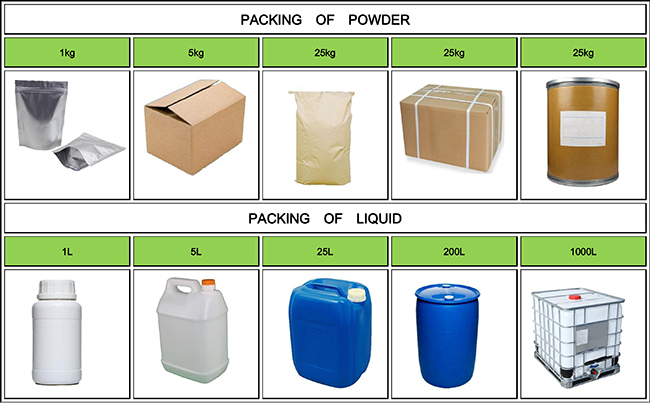


Fortunachem Provides Not Only Professional Chemical Products But Also Professional Help
Keeping you up-to-date with all the latest information, news, and events about Fortunachem!

Quick Links
Add:
E-mail:
 English
English  Español
Español  français
français  العربية
العربية 